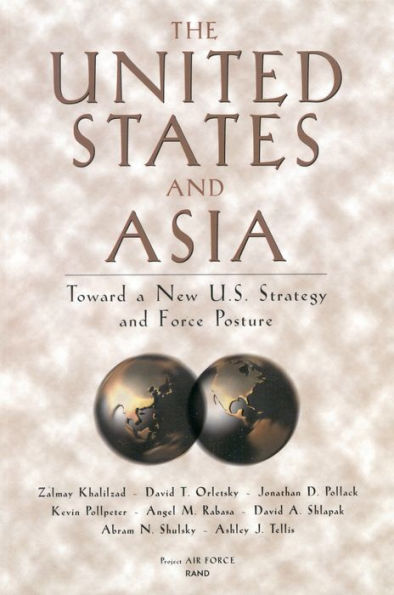The United States and Asia: Toward a New U.S. Strategy and Force Posture
The past 20 years have been a time of relative peace in Asia and, notwithstanding the 1997-1998 financial crisis, a period of robust economic growth as well. Currently, however, Asia is beset by a variety of problems that could well imperil the stability it has long enjoyed -- including territorial disputes, nuclear rivalry, rising nationalist sentiments, and increased military capabilities. This report summarizes the manner in which the United States can best meet these challenges and thereby ensure continued peace and stability in the region. In the interests of this goal, the report outlines an integrated political, military, and economic strategy that the United States can pursue to inhibit the growth of rivalries in Asia and, more broadly, prevent the rise of instability in the region. Also delineated are changes in U.S. military posture that will be made necessary by this strategy.
1117556373
The United States and Asia: Toward a New U.S. Strategy and Force Posture
The past 20 years have been a time of relative peace in Asia and, notwithstanding the 1997-1998 financial crisis, a period of robust economic growth as well. Currently, however, Asia is beset by a variety of problems that could well imperil the stability it has long enjoyed -- including territorial disputes, nuclear rivalry, rising nationalist sentiments, and increased military capabilities. This report summarizes the manner in which the United States can best meet these challenges and thereby ensure continued peace and stability in the region. In the interests of this goal, the report outlines an integrated political, military, and economic strategy that the United States can pursue to inhibit the growth of rivalries in Asia and, more broadly, prevent the rise of instability in the region. Also delineated are changes in U.S. military posture that will be made necessary by this strategy.
32.5
In Stock
5
1

The United States and Asia: Toward a New U.S. Strategy and Force Posture
320
The United States and Asia: Toward a New U.S. Strategy and Force Posture
320Paperback
$32.50
32.5
In Stock

Product Details
| ISBN-13: | 9780833029553 |
|---|---|
| Publisher: | RAND Corporation |
| Publication date: | 06/12/2001 |
| Series: | Project Air Force |
| Pages: | 320 |
| Product dimensions: | 6.88(w) x 8.96(h) x 0.60(d) |
From the B&N Reads Blog
